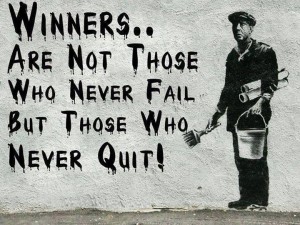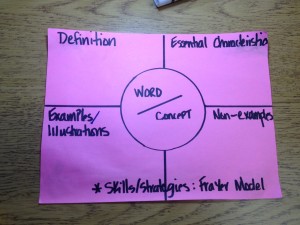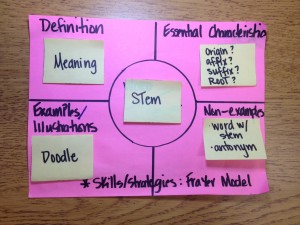As a teacher, I’ve relied the most on two books: Eudora Welty’s One Writer’s Beginnings and Stephen King’s On Writing: A Memoir of the Craft. I’m posting excerpts from an interview with King wherein he shares his thoughts on teaching writing to teen-agers (middle-schoolers).
Lahey: If your writing had not panned out, do you think you would have continued teaching?
King: Yes, but I would have gotten a degree in elementary ed. I was discussing that with my wife just before I broke through with Carrie. Here’s the flat, sad truth: By the time they get to high school, a lot of these kids have already closed their minds to what we love. I wanted to get to them while they were still wide open. Teenagers are wonderful, beautiful freethinkers at the best of times. At the worst, it’s like beating your fists on a brick wall. Also, they’re so preoccupied with their hormones it’s often hard to get their attention.
Lahey: You write, “One either absorbs the grammatical principles of one’s native language in conversation and in reading or one does not.” If this is true, why teach grammar in school at all? Why bother to name the parts?
King: When we name the parts, we take away the mystery and turn writing into a problem that can be solved. I used to tell them that if you could put together a model car or assemble a piece of furniture from directions, you could write a sentence. Reading is the key, though. A kid who grows up hearing “It don’t matter to me” can only learn doesn’t if he/she reads it over and over again.
Lahey: In the introduction to Strunk and White’s The Elements of Style, E.B. White recounts William Strunk’s instruction to “omit needless words.” While your books are voluminous, your writing remains concise. How do you decide which words are unnecessary and which words are required for the telling?
King: It’s what you hear in your head, but it’s never right the first time. So you have to rewrite it and revise it. My rule of thumb is that a short story of 3,000 words should be rewritten down to 2,500. It’s not always true, but mostly it is. You need to take out the stuff that’s just sitting there and doing nothing. No slackers allowed! All meat, no filler!
Lahey: By extension, how can writing teachers help students recognize which words are required in their own writing?
King: Always ask the student writer, “What do you want to say?” Every sentence that answers that question is part of the essay or story. Every sentence that does not needs to go. I don’t think it’s the words per se, it’s the sentences. I used to give them a choice, sometimes: either write 400 words on “My Mother is Horrible” or “My Mother is Wonderful.” Make every sentence about your choice. That means leaving your dad and your snotty little brother out of it.
Lahey: Great writing often resides in the sweet spot between grammatical mastery and the careful bending of rules. How do you know when students are ready to start bending? When should a teacher put away his red pen and let those modifiers dangle?
King: I think you have to make sure they know what they’re doing with those danglers, those fragmentary and run-on sentences, those sudden digressions. If you can get a satisfactory answer to “Why did you write it this way?” they’re fine. And—come on, Teach—you know when it’s on purpose, don’t you? Fess up to your Uncle Stevie!
(Source: “How Stephen King Teaches Writing”, The Atlantic)



